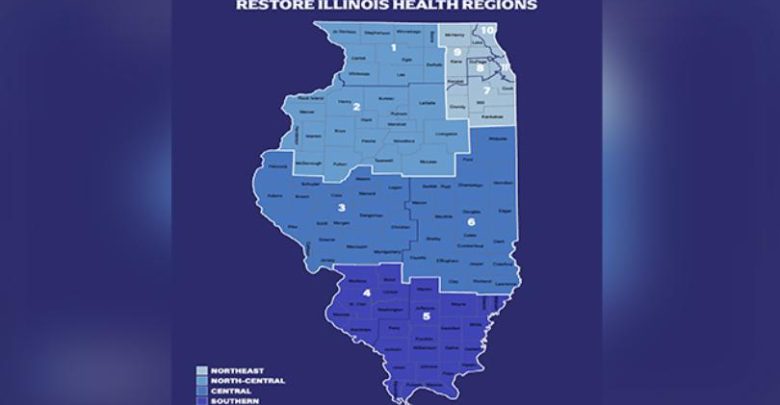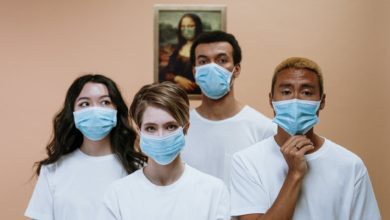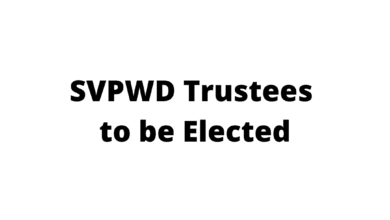Pritzker lays out five-phase plan to reopen Illinois, final phase to be opened with vaccine or treatment available

Gov. JB Pritzker introduced a five-phased reopening plan for the state of Illinois Tuesday, but said that the final stage, Phase 6, will not be realized until a vaccine or effective treatment for COVID-19 is available.
“Here’s the truth, and I don’t like it any more than you do,” Pritzker said. “Until we have a vaccine, or an effective treatment or enough widespread immunity that new cases fail to materialize, the option of returning to normalcy doesn’t exist.”
The statement came after an update from Dr. Ngozi Ezike who said that 2,122 new cases of COVID-19 were confirmed over the last 24 hours, bringing the state’s total to 65,962.
Within the last 24 hours, Illinois saw the highest one-day COVID-19 death total at 176, bringing the Illinois death total to 2,838.
Pritzker said Illinois must step into the near future figuring out how to live with COVID-19 until it can be vanquished.
“Science and data are our overarching guardrails for how we route forward,” he said.
“It’s important to remember that we put this plan together not only because the state needs a plan, but because mayors need a plan, because small business people need a plan, workers need a plan, everyday Illinoisans need a plan.”
Pritzker said that he listened to plans from mayors and community leaders across the state, understanding that different regions have been impacted differently, both in cases of the virus and economically.
“Many of those ideas are incorporated into the executive order that I issued last week,” he said.
“Many members of the General Assembly proposed a regional approach to reopening. Senate Republican leader Bill Brady and his caucus suggested using our EMS regions to shape a reopening plan. Indeed, that’s the structure of the plan that I presented today.”
The regions: Northeast Illinois, North Central Illinois, Central Illinois and Southern Illinois will be able to move through the five-phases of the Restore Illinois plan at different time, either forward or backward, based on data and epidemiological recommendations.
“To be clear these regions are not arbitrarily selected,” Pritzker said. “These reflect the IDPH emergency medical service regions that have existed for decades, the same regions that set parameters for ambulance drivers and hospital collaborations. Using the existing medical regional breakdown allows our public health professionals to manage and monitor capacity in an existing framework.”
Here are the phases based on a press release provided earlier today:
Phase 1 – Rapid Spread: The rate of infection among those tested and the number of patients admitted to the hospital is high or rapidly increasing. Strict stay at home and social distancing guidelines are put in place and only essential businesses remain open. Every region has experienced this phase once already and could return to it if mitigation efforts are unsuccessful.
Pritzker said this is where Illinois was from mid-March to April 30.
“We’ve been through this phase once, and no one wants to go backward,” he said.
Phase 2 – Flattening: The rate of infection among those tested and the number of patients admitted to the hospital beds and ICU beds increases at an ever slower rate, moving toward a flat and even a downward trajectory. Non-essential retail stores reopen for curb-side pickup and delivery. Illinoisans are directed to wear a face covering when outside the home, and can begin enjoying additional outdoor activities like golf, boating and fishing while practicing social distancing. To varying degrees, every region is experiencing flattening as of early May.
Pritzker said this is where Illinois is now, and one Illinois could be in until May 30.
“Many of our phase two mitigations are similar to phase one, but adjustments were made to offer flexibility where public health experts told us we could,” he said. “That’s where we’ve been and where we are.”
Looking forward, Pritzker said some regions may be able to enter into Phase 3 if they meet certain thresholds in the coming weeks.
Phase 3 – Recovery: The rate of infection among those tested, the number of patients admitted to the hospital, and the number of patients needing ICU beds is stable or declining. Manufacturing, offices, retail, barbershops and salons can reopen to the public with capacity and other limits and safety precautions. All gatherings limited to 10 or fewer people are allowed. Face coverings and social distancing are the norm. The earliest a region can move to this phase is May 29.
“At that point, with face coverings as the norm, non-essential manufacturing and other non-essential businesses can open in accordance with safety guidance,” he said.
Telework, wherever possible will be strongly encouraged, barber shops, salons, health and fitness clubs can offer outdoor classes and one-on-one Personal Training, all in accordance with IDPH safety guidance.
“The region’s state parks can open,” he said. “Limited childcare and summer programs can operate with IDPH guidance; public health gatherings of 10 people or fewer can take place during this phase.”
Even as businesses reopen, employers will be expected to provide remote accommodation for older and COVID-vulnerable employees.
In order to move into Phase 4, the region would need to see continued declines in its positivity rates and hospitalizations and maintain surge capacity.
Phase 4 – Revitalization: The rate of infection among those tested and the number of patients admitted to the hospital continues to decline. All gatherings of up to 50 people are allowed, restaurants and bars reopen, travel resumes, child care and schools reopen under guidance from the IDPH. Face coverings and social distancing are the norm.
Phase 4, according to Pritzker, is called revitalization because it will be what school and work will look like until there is a vaccine or effective treatment available for COVID-19.
“The only way that we can cross into Phase 5, “Illinois Restored”, with all the sectors of the economy running with completely normal operations is with a vaccine, or a widely available and highly-effective treatment or with the elimination of any new cases over a sustained period of time,” Pritzker said.
“It brings me no joy to say this, but based on what the experts tell us everything we know about this virus and how easily it spreads in a crowd, large conventions festivals and other major events will be on hold until we reach Phase 5.
“I spent decades in business, so I understand the urge to try and flip the switch and reopen our entire economy. Here’s the problem: that switch simply does not exist with a virus that can’t currently be eliminated by medical science. And I won’t open the door to overwhelming our hospital system, and possibly 10s of thousands of additional deaths by exposing everyone to the virus today just because a loud, but tiny minority would like to indulge in that fantasy.”
Phase 5 – Illinois Restored: With a vaccine or highly effective treatment widely available or the elimination of any new cases over a sustained period, the economy fully reopens with safety precautions continuing. Conventions, festivals and large events are permitted, and all businesses, schools, and places of recreation can open with new safety guidance and procedures in place reflecting the lessons learned during the COVID-19 pandemic.
Pritizker outlined the metrics:
“First, a region must be at, or under a 20-percent test positivity rate and increasing by no more than 10 percentage points over a 14 day period,” he said. “And a region must have either not had an overall increase or must have maintained overall stability in hospital admissions for COVID like illness in the last 28 days.
“(The) region must maintain the availability of a surge threshold of 14-percent availability of ICU beds of medical and surgery beds and ventilators because May 1 marked the beginning of phase 2 in which we loosened and modified the number of mitigations.
May 1 is the first day for the 14 and 28-day measurement periods to begin, meaning that the earliest that a region can move to Phase 3 is may 29.
The assessment period will reset once a region has reached a new phase. Data will be available through IDPH.
“Importantly, just as public health indicators will tell us when to move forward at any time. They could also signal that we need to move backward,” Pritzker said.
“If the virus begins to attack more people or the healthcare systems are heading towards becoming overwhelmed in any region swift action will need to be taken.”
The state, though, does not have the desire or capacity to police individual behavior of 13 million people, though.
Pritzker said that the best option is to rely on Illinoisians to work through the pandemic together.
“But we are also working with local law enforcement, and I’ve asked for their assistance to monitor for violations and consider taking actions when necessary, but that is not the option that anyone prefers,” he added.
Fielding questions from reporters, Pritzker said that the state is working with schools to come up with a plan for reopening prior to Phase 5.
He also wouldn’t say if the future of summer festivals, weddings and gatherings should continue to be scheduled or not, but advised people to watch the models and the data provided by IDPH.




